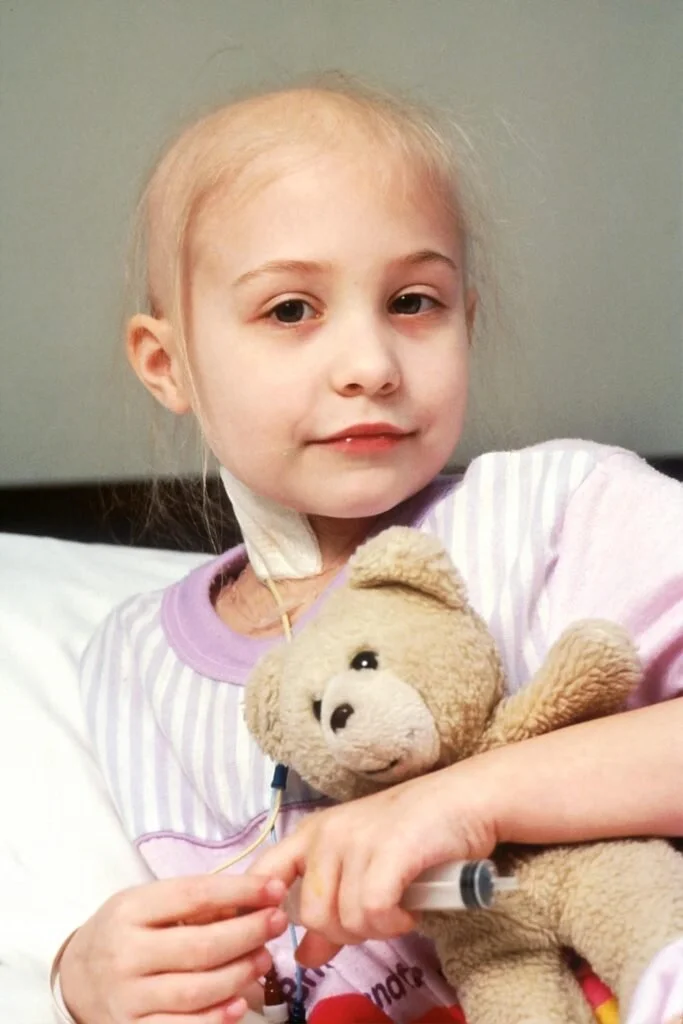The Nauseating Side of Chemotherapy
Photo by National Cancer Institute on Unsplash
From reeking toilets to questionable politics, there are many things that make us wrinkle our noses and curl our lips in disgust as we go about our day. Normally, we are able to escape these feelings of disgust by leaving a room or switching the channel. However, what if you were unable to escape this feeling? Unfortunately, this is how several patients already suffering from cancer face every day.
Chemotherapy is a cancer treatment that undeniably saves millions of lives worldwide every year. Yet, millions of potentially treatable patients decide to drop out of this treatment every year. Why? One of the reasons that people forego chemotherapy is due to conditioned nausea. Chemotherapy-induced conditioned nausea occurs when the hospital environment becomes associated, or paired, with the nauseating side effects of chemotherapy. Due to this association, patients re-entering the hospital often feel the need to vomit right when they step foot into the hospital. Imagine feeling compelled to vomit due to something that could quite literally save your life. This is a painstaking reality for a group of people who are already suffering from cancer.
Over the past decade, Drs. Martin Kavaliers and Klaus-Peter Ossenkopp at Western University have focused on studying conditioned nausea. While this lab’s environment is inviting and brings about feelings of happiness, Drs. Kavaliers and Ossenkopp and their students became inspired to study the opposite.
In 2017, a doctoral student working with Drs. Kavaliers and Ossenkopp’s lab, Dr. Caylen Cloutier, was intrigued by a consistent finding that women, potentially due to higher estrogen levels, are much more likely to experience stronger conditioned nausea. As the sex differences in conditioned nausea had received little attention, Dr. Cloutier’s doctoral thesis focused on the sex differences in conditioned nausea in rats. She found that females were even more likely to experience conditioned nausea and, when they did, they displayed stronger disgust reactions in comparison to males. This finding was expected since it mirrors what has been reported in humans. However, Dr. Cloutier’s work did not stop there she began to investigate potential ways to block conditioned nausea.
Typically, we think of the immune system as the body’s way of fighting infections like influenza or COVID-19, but the immune system may also help us fight nausea when it becomes distressing. In her doctoral work, Dr. Cloutier began to establish this connection and did in fact find that immune activation blocked the development of conditioned nausea. Research on how to safely activate the immune system of an individual to suppress conditioned nausea without giving them an infection has promising implications.
Discovering new treatment options for conditioned nausea shines through as being especially important, considering the limitations of current approaches. The disgust felt by patients in response to chemotherapy includes both nausea and vomiting. Current treatments only target the vomiting response but do little to nothing to combat the feelings of nausea – even though cancer patients report nausea as the more debilitating side effect. Therefore, directly targeting nausea using immune activation has the capacity to one day drastically improve the quality of life for patients undergoing chemotherapy.
Patients suffering from cancer should not also be suffering from nausea if we can help it. Yet, their willingness to drop out of a lifesaving treatment shows that this is a pressing issue. Future research coming out of Drs. Ossenkopp and Kavaliers’ lab at Western University is not only exciting, but exceptionally important as this research can go a long way in getting individuals with cancer to stick to their treatment and potentially save their lives.
Original Research Article:
Cloutier CJ, Kavaliers M, Ossenkopp K-P. Rodent sex differences in disgust behaviors (anticipatory nausea) conditioned to a context associated with the effects of the toxin LiCl: Inhibition of conditioning following immune stimulation with lipopolysaccharide. Pharmacol Biochem Behav [Internet]. 2017 Jan 1 [cited 2020 Apr 28];152:4–12. Available from: https://www.sciencedirect.com/science/article/pii/S0091305716301381?via%3Dihub

